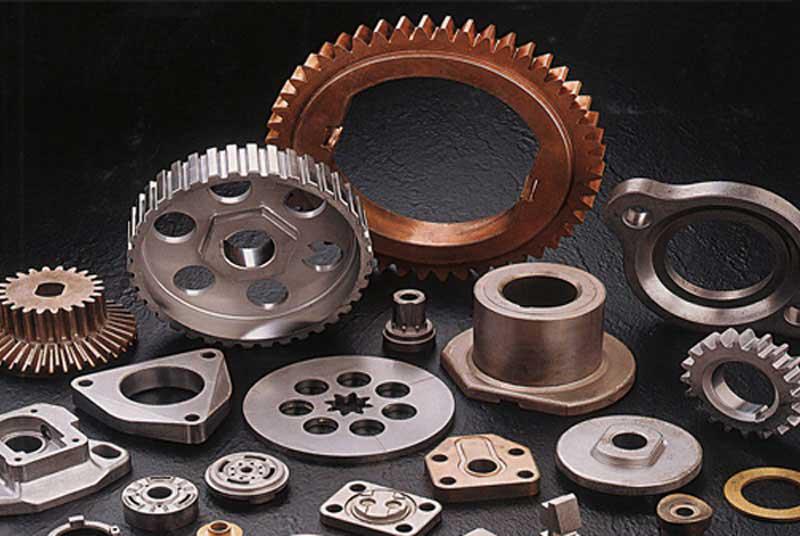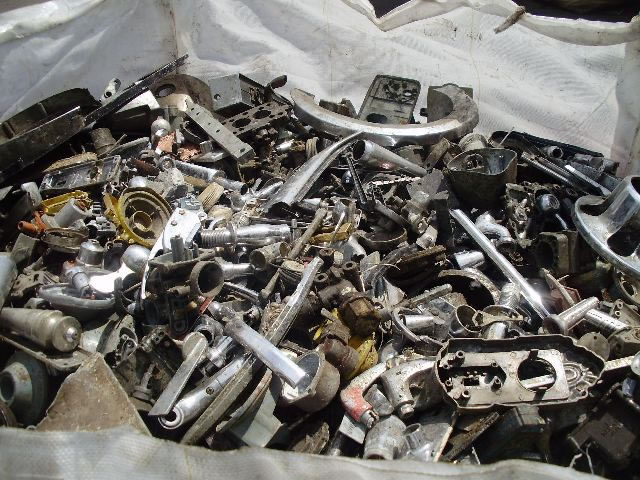
Exploring the Precision and Versatility of Die Casting
Die casting has become a key element within the realm of manufacturing. It offers unbeatable quality and versatility across different sectors. The fundamental principle behind die casting involves putting hot metal into a mold at high pressure, producing intricately detailed pieces that are extremely accurate in their dimensional. The process has transformed the manufacture of many different elements, from automotive components to consumer electronics thanks to its capability to produce intricate shapes while requiring minimal need for post-processing.
One of the main benefits of die casting is in the fact that it can create parts that have tight tolerances and smooth finish on the surface. Utilizing high-pressure injection makes sure that the molten material fills every crevice of the mold. This results in components that need the least amount of machining and finishing. The precision of this process not only increases the visual appeal of the product in its final form but it also enhances the functionality. From engine parts that are intricate to delicate electronic housings die casting allows manufacturers to maintain high quality standards in a consistent manner.
Additionally, die casting provides the greatest flexibility in the kinds of materials employed. Aluminum and zinc alloys are widely used because of their excellent mechanical properties and the ease of casting, various other metals like copper and magnesium can be used to satisfy specific specifications for specific applications. This versatility in the selection of materials permits manufacturers to customize the characteristics of their component to meet the intended purpose for the application, be it light and durable automotive parts or structural components with high strength.

Alongside its accuracy and flexibility it also boasts impressive effectiveness and efficiency. High-speed production capabilities of die casting allows producers to create large volumes of products in a shorter amount of time, this makes it perfect for mass production processes. Additionally, the capability to reuse molds over and over again decreases the cost of production over time which makes it an efficient solution for small- and large-scale production runs. This blend of efficiency, speed, and value-for-money allows die casting to be an ideal manufacturing process across diverse sectors. For more information please visit here Senadiecasting
While it offers many advantages it does come with certain limitations which manufacturers need to be aware of. Costs for initial tooling may be significant, especially for large molds and complicated geometrical shapes. But, the initial costs tend to be offset by longer-term benefits of high-volume manufacturing and mold reuse. Furthermore, the extremely high temperatures of the casting process could make it difficult to select the right materials since certain alloys might show poor flow characteristics or sensitivity to thermal degradation.
Die casting is the key element in modern manufacturing. It offers unbeatable quality, flexibility, as well as efficiency. The ability of die casting to create complicated parts that require no post-processing requirement is a necessity across the spectrum of sectors, from automotive and aerospace, to electronic and consumer products. Although die casting has few limitations, its countless benefits outweigh the disadvantages which makes it an excellent alternative for those looking to streamline manufacturing processes as well as bring top-quality goods to customers. With the advancement of technology it is expected that die casting will continue to be at the forefront of technology, leading the way and setting the course for manufacturing’s future.

